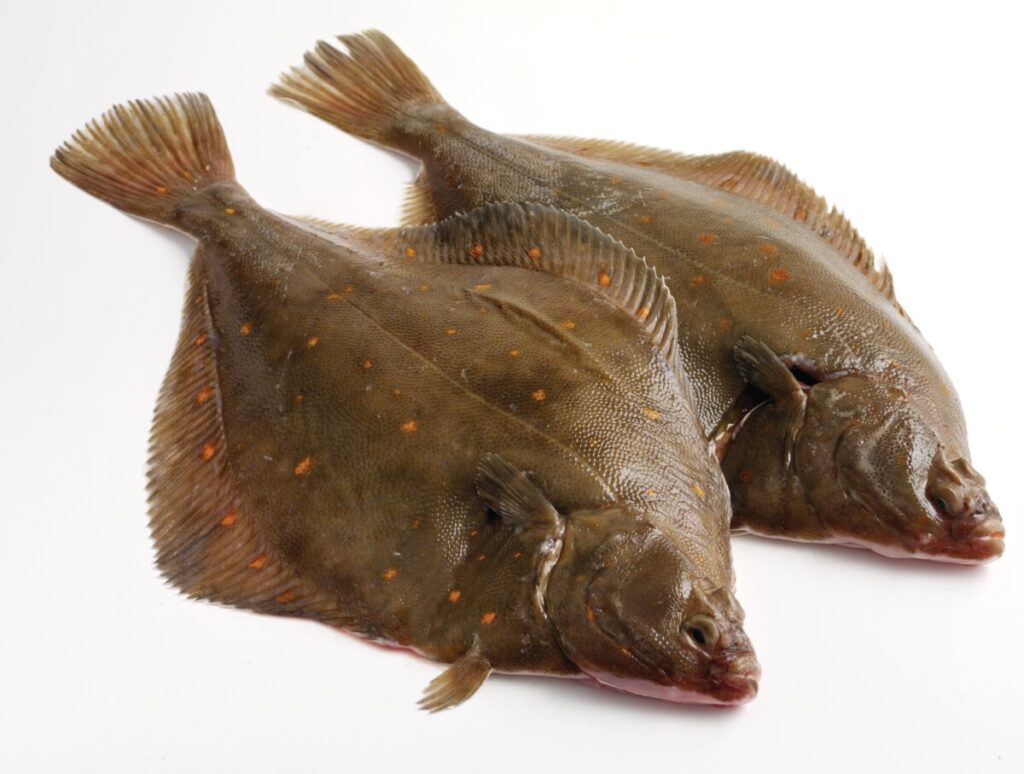- Home
- >
- Guide to fish and shellfish
- >
- Fish species
- >
- Flatfish species List
Flatfish prefer shallow sandy seabeds
Many of the waters around the UK are shallow, with sandy seabeds (such as in the North Sea). This is ideal habitat for Flatfish, and a superb array of different species are readily available from our own domestic fishermen.
Species in this group
Flatfish start their lives "in the round"
All Flatfish are born round in shape; as they mature the eyes move to either the left or right side of the fish, enabling them to see all around when lying on the seabed. Left-eye fish are called Sinistral (Turbot, Brill and Megrim) and right-eye fish are called Dextral (all other species).
Most have dark skin on the ‘eye side’ and are white on the ‘blind side’ except for Greenland Halibut, which is dark on both sides.
Boneless fillets
Fillets from Flatfish do not possess any pin bones. The larger species (Halibut, Turbot and Brill) can also provide excellent boneless supremes from fish over 3kg.
Quick guide to availability and yield
Availability of fish and shellfish. Yields of filleted fish

